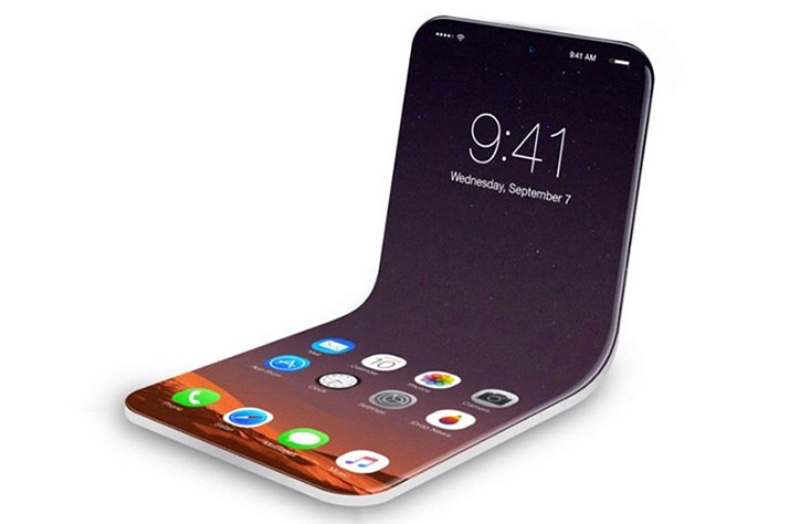I remain dubious that Apple plans a “foldable” iPhone or iPad, but I could be wrong.. Smartphones, tablets, and wearables are all expected to see some form of foldable, flexible, or rollable screen technology over the coming years, as vendors try to shake up the markets and stimulate replacement cycles, according to ABI Research.
This is despite ongoing issues with several foldable smartphones that were set to enter the market this year, adds the research group. ABI Research forecasts that shipments of smartphones with a foldable, flexible, or rollable display will start gaining traction in 2020 and grow to hit 228 million in 2028. In fact, the number of total devices with the technology will increase from 1.8 million in 2019 to 240 million in 2028, at a compound annual growth rate (CAGR) of 72%.

“Device vendors are continually looking to update their devices with newer technologies to spur growth in shipment numbers,” says Stephanie Tomsett, research analyst at ABI Research. “Foldable, flexible, and rollable displays are being added as a new form factor that will allow vendors to offer larger-screened devices with a smaller, more convenient form factor; a feature which will likely be popular with consumers.”
Flexible, foldable, and rollable screen technology is making its first steps into the market, although a great deal of technology and hardware innovation needs to be perfected to provide a seamless and intuitive user experience, she adds. Several folding smartphone models, notably the Samsung Galaxy Fold and the Huawei Mate X, have been delayed due to issues with the technology. However, once resolved, it is expected that the form factor will increase in popularity despite relatively high price points.
Several vendors including Apple, Samsung, Royole, and Motorola, have patents in place for a variety of flexible technologies, including smartphones with rollable screens, all with the hope that these new form factors will become popular and increase replacement rates, according to ABI Research. Smartphone market penetration rates are expected to increase to 228 million shipments by 2028, although high average selling prices (ASPs) will limit initial growth.
ABI Research predicts that only a limited number of tablets will have a foldable, flexible, or rollable display, allowing the devices to fold into a smaller form factor without losing key features. Compared to smartphones, few tablets will have this form factor at least through 2022. While foldable tablets will still see modest growth, vendors won’t focus the technology on tablets until it proves successful in smartphones, with the real uptick starting in 2024 that will grow to 7 million shipments of tablets with foldable/flexible displays in 2028, adds ABI Research.
Wearables with a foldable or flexible display will be significantly limited, as it is not a form factor that lends itself to the technology in most cases, the research group adds. Less than 5 million wearable units with some type of foldable/flexible display will ship by 2028.
“Despite the current issues with the technology, foldable, flexible, and rollable displays will become a reality. As vendors work out the kinks in the technology to provide a device that has a large screen in a small, convenient form factor, foldable, flexible, and rollable displays will steadily drop in price and grow in popularity,” concludes Tomsett.
